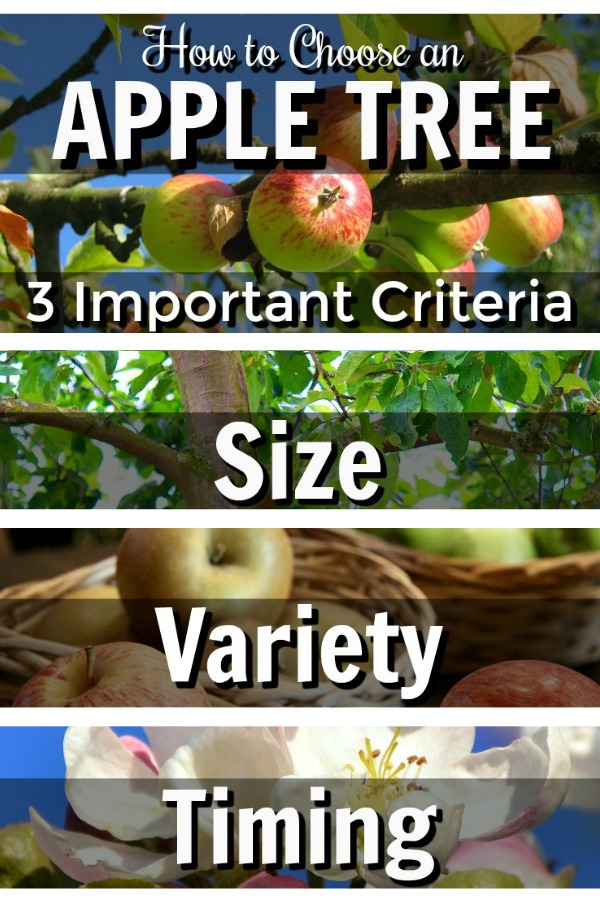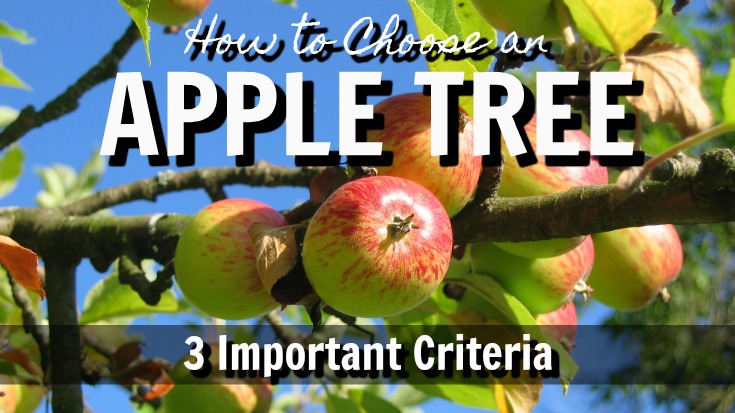
Photo by Pixabay
Fall is a wonderful time to plant trees and the apple tree is one of the easiest fruit trees to grow. Surprisingly, how to choose an apple tree is easy to learn as well. Learn these three basic criteria as you prepare for this investment. Nearly all apple trees require a second variety close by in order to pollinate. So as you are considering, be sure to have a first and second choice.
How to Choose an Apple Tree – 3 Criteria:
- Right SIZE – Choose the right size of tree for your space. You need to look at your space and maybe even measure the space so you know what you are purchasing.
- Right VARIETY – Type of fruit desired. Do you want fresh eating apples, or just cooking apples? You will be investing time and effort into you tree, so they may as well be apples that will please you and serve your purpose.
- Right TIME – When does it flower and when is harvest time. Apples require a second variety to cross-pollinate, therefore you want 2 apples trees that will bloom about the same time.
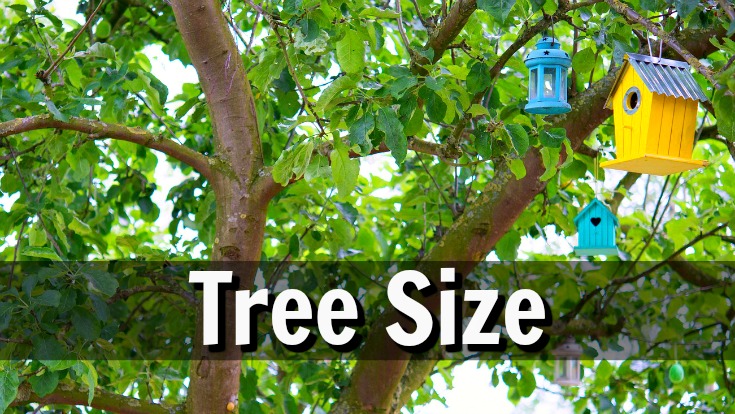
Photo by Pixabay
SIZES of Trees:
- Standard size tree – can grow to 25-30 feet tall along Wasatch Front with a spread of 25-30 feet. You need a large area for the standard size tree. Standard trees take 4-8 years to produce mature fruit. These trees are very good in cold-climates, but be ready to prune every year.
- Semi-dwarf (sometimes called half-standard) – can grow 12-15 feet tall along the Wasatch Front and same width if not pruned. This tree will have mature fruit in 3-5 years.
- Dwarf or Genetic Dwarf tree or Bush trees – Can grow 6-10 feet tall along the Wasatch Front and just as wide. These trees produce mature fruit in 3-4 years.
- Others: There are several other types of fruit trees. These would include espalier and columnar. See your local experts at the neighborhood nursery for what will grow in your area and for availability.
Nearly all semi-dwarf and dwarf or bush trees are grafted. Growers graft or attach the desired fruiting branch to a “rootstock” trunk. The rootstock determines how big your tree will get. Shopping your reputable local garden nursery will ensure that you are buying a quality product – good grafting onto a quality rootstock. There are different rootstocks for different areas. Your local nursery experts will only sell what will work here along the Wasatch Front, versus a big company back east somewhere that orders for their stores throughout the country.
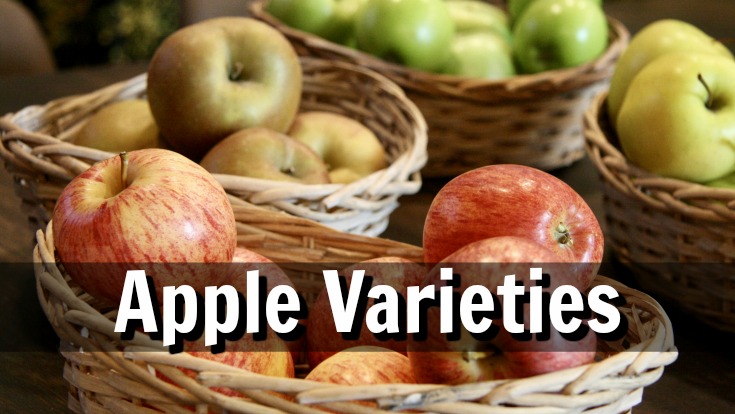
Photo by Pixabay
VARIETY of Fruit:
There are literally over 7000 apple varieties. Obviously many more than what you find at the local grocery market. Visiting a good local farmers market can expose you to other varieties you can taste before you make an investment into your own tree.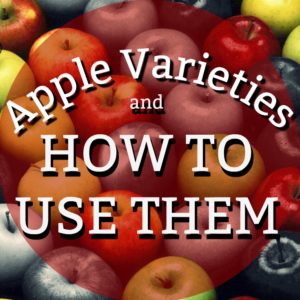
Click HERE to see a basic break down of the more popular varieties and their best uses.
Remember that your tree is your investment, so you want to produce something you will use and enjoy for years and years to come. Apples trees can live as long as 60 years or more.
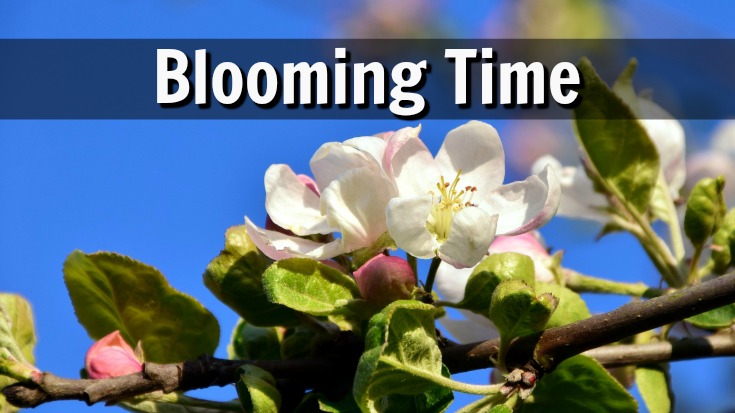
Photo by Pixabay
TIMES for Blooming:
As mentioned above, nearly all apples need a pollinator apple tree in the general area. If you have neighbors that have apples trees, planting one in your yard should still give you plenty of harvest. But if you are the only one, then you may need to plant two different varieties of apples. For example, in commercial orchards, farmers often plant some golden delicious apple trees along with their main crop. Golden Delicious trees are known to be good pollinators. Be sure to choose two varieties that overlap their flowering time.
Midseason bloomers:
- Crimson Beauty
- Gala
- Jonamac
- Jonathan
- McIntosh
- Golden Delicious
- Jonagold
- and others
Late bloomers:
- Fuji
- Granny Smith
- Rome Beauty
- Winesap
- and others
Poor pollinators: Jonagold and Winsesap (plus a few more), are considered poor pollinators. Don’t plan on them being your pollinating tree.
Hardiness and Cold Requirements: Be sure to check at your local garden center for those varieties that are actually hardy for your area. You need to choose an apple tree that will survive your climate year round. And on the other hand, realize that apples require a certain amount of cold temperatures to have the sugars set and the fruit to ripen properly. If the fruit doesn’t get the required coldness, the fruit will be a disappointment for all the time and effort you’ve put into your harvest.
For example, my parents planted a Red Delicious apple down south in the area of St. George, Utah. The fruit grew but never turned red and always had a mealy texture and flavor. The fruit never was like their Red Delicious apples from their trees up in northern Utah. The tree eventually was cut out.
Conclusion:
Now you know the basic criteria for how to choose an apple tree. You need to consider the right size of tree, the right type of apple, and the right blooming time for good pollination. What a great investment for your yard, yourself, and your family!
In future posts, we will go through proper planting procedures, learn about any pest control needed, and how and when to properly prune your tree. Soon you will be enjoying the fruits of your labor.
Check out these recipes for apple goodies (submitted by Western Garden patrons):
Simple Apple Chips and Apple Pie Filling
Simple Applesauce and Apple Butter
